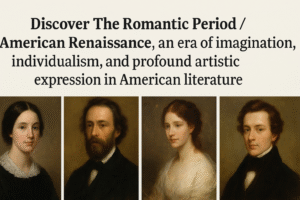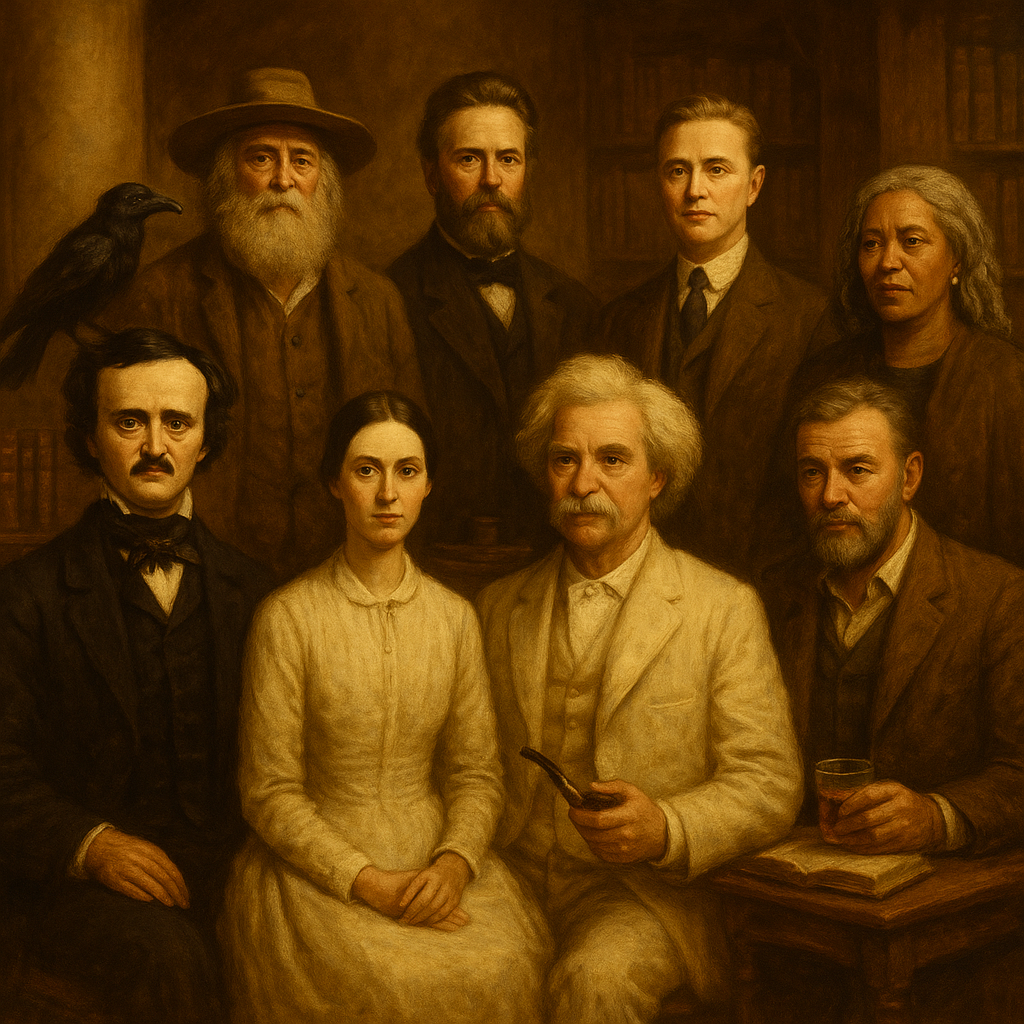Romantic Period in American Literature (1830–1865) Introduction to the Romantic Period in American Literature The Romantic Period in American Literature (1830–1865) marks a fundamental transformation in the nation’s literary history. Following the logical, reason-based literature of the Colonial and Early National Period (1607–1830), American writers embraced a new movement. In contrast, this period values emotion, imagination, nature, individualism, and the pursuit of spiritual truths over logic, order, and societal norms. As a result, writers sought to create a unique American voice, moving beyond European influences to reflect the rich and…
Read MoreCategory: The Romantic Period / American Renaissance

The Romantic Period / American Renaissance (1830–1865), marks a golden age in American literary history. The Romantic Period / American Renaissance was a time of intense artistic growth, when writers moved beyond European influences to create a distinctly American voice. This era celebrated emotion, imagination, nature, and the individual spirit. It gave rise to major literary movements like Transcendentalism and Dark Romanticism, and produced legendary authors such as Ralph Waldo Emerson, Henry David Thoreau, Edgar Allan Poe, Nathaniel Hawthorne, Herman Melville, Walt Whitman, and Emily Dickinson. Their works explored deep philosophical questions, psychological complexities, and spiritual truths. The Romantic Period laid the foundation for American literature as a powerful and original force in world culture.
